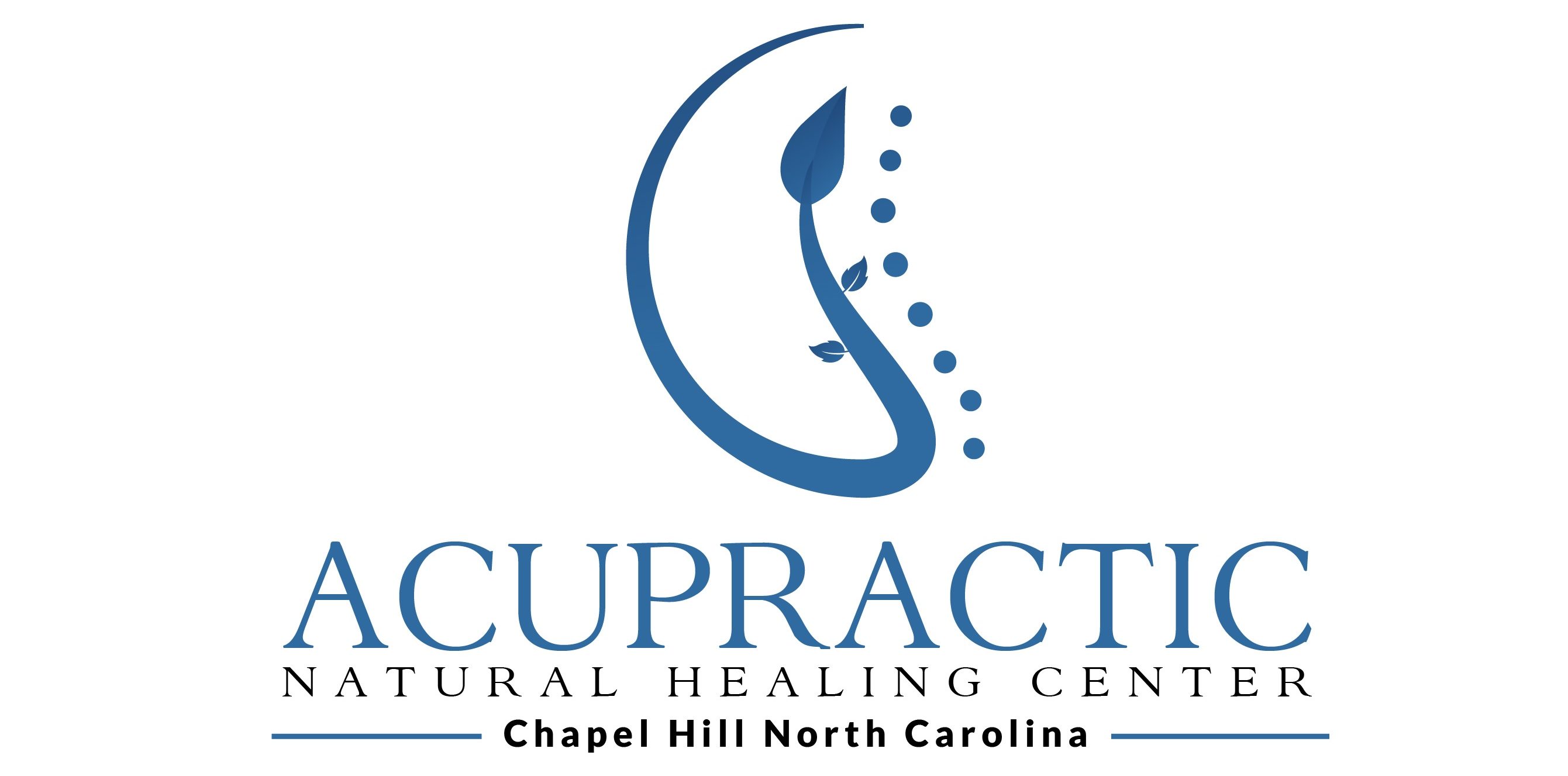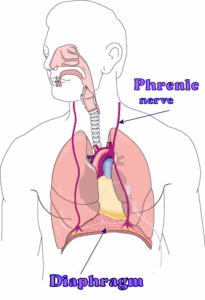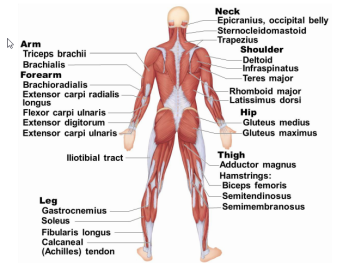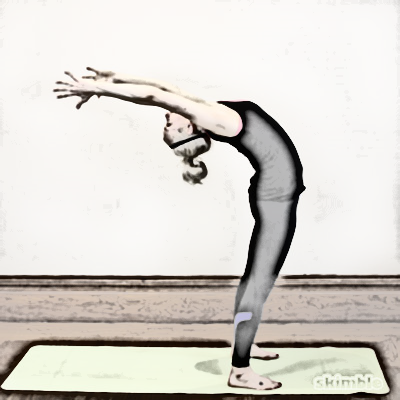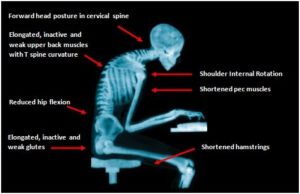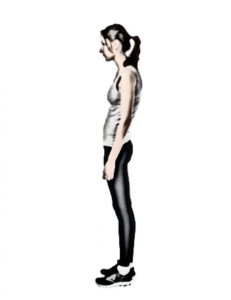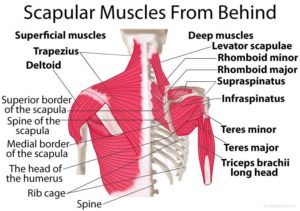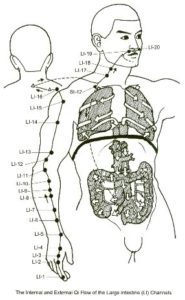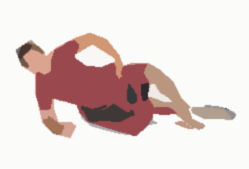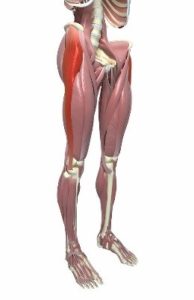Acupuncturist Chapel Hill, NC
Ear acupuncture is a beneficial health service used by millions worldwide. During stressful times when patients need to avoid in-office visits, auriculotherapy paired with online care can help. As a licensed acupuncturist with additional training in ear seeds for ear acupuncture, Dr. Oskardmay is well prepared to help you get well and feel better without the hands-on care you already know.
Telemedicine is healthcare for patients who prefer the comfort and safety of their homes in place of an office visit. This type of visual and audio enabled virtual meeting enables practitioners and patients to meet in a safe, HIPAA compliant manner to discuss health concerns. Doctors such as chiropractors, acupuncturists, neurologists, and physical therapists provide this type of care for clients. Doctors and therapists can talk with one another, ask questions, receive advice, and other information. Practitioners can see patients, and patients can see practitioners.
Chiropractic physicians can assess posture and movement limitations and make further diagnostic suggestions if needed. Well-trained in exercise and physical therapy prescription, they can also suggest other modalities to perform at home to support and enhance spinal health that impacts the whole body. Licensed acupuncturists are well versed at inquiry and diagnosis using Chinese medicine methods, much of which is possible using Telemedicine. Patients can learn future steps they need to take to improve their health, learn new exercises or nutrition protocols, and determine how and where to obtain further required help safely.
Additionally, EarSeed acupuncture is a technique some acupuncturists provide either by patient instruction or in the patient’s vehicle to enhance a telemedicine visit. EarSeeds can be applied using low/no-contact. Also known as auriculotherapy or ear acupuncture, EarSeed acupuncture uses small seeds or magnets attached to a dermal tape, which one applies to a specific portion of the outer ear to enhance healing. EarSeeds can stay in for several days to a week or more. The outer ear contains regions related to nearly every body part, even mental conditions such as stress. Gently applying a painless ear seed or magnet can impact mental and physical health and take a telemedicine appointment to the next level. Some practitioners utilize EarSeed `bling`- Swarovski crystal-embellished ear seeds over gold that look great.

Don’t let your health suffer when you can’t come to the healthcare facility. Schedule a telemedicine appointment today and get the results you need. Many insurance plans cover telemedicine appointments during a pandemic or other health concerns, and some do not even charge the standard co-pay to support participant’s good health. You’ll be surprised how a telemedicine virtual meeting can help, and EarSeeds ear acupuncture might be an added benefit. For more information on Telemedicine and auriculotherapy, contact Dr. Lisa Oskardmay, DC, LAc an acupuncturist in Chapel Hill, NC. Call us at Acupractic to schedule a consultation.
